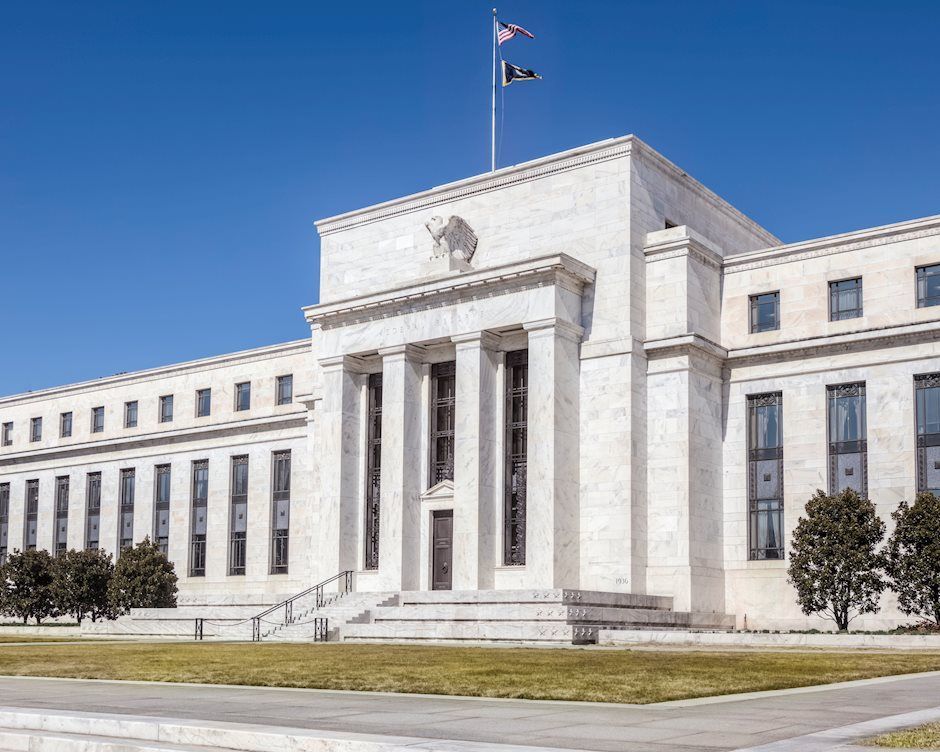Fed’s Kashkari: It’s reasonable to consider a rate cut in December

Federal Reserve Bank of Minneapolis President Neel Kashkari said on Monday that it is still appropriate to consider another interest-rate reduction at the Fed’s December meeting, per Bloomberg.
Key quotes
It’s still a reasonable consideration.
Right now, knowing what I know today, still considering a 25-basis-point cut in December — it’s a reasonable debate for us to have.
Government must take steps to achieving a sustainable fiscal path.
Natural rate may be higher and policy not as restrictive.
This is what I’m trying to understand right now, is how much downward pressure are we putting on the economy, and what is the path for inflation.
I have some confidence that it’s gently trending down, and right now the labor market remains strong.
Market reaction
The US Dollar Index (DXY) is trading 0.02% lower on the day at 106.86, as of writing.
Fed FAQs
Monetary policy in the US is shaped by the Federal Reserve (Fed). The Fed has two mandates: to achieve price stability and foster full employment. Its primary tool to achieve these goals is by adjusting interest rates. When prices are rising too quickly and inflation is above the Fed’s 2% target, it raises interest rates, increasing borrowing costs throughout the economy. This results in a stronger US Dollar (USD) as it makes the US a more attractive place for international investors to park their money. When inflation falls below 2% or the Unemployment Rate is too high, the Fed may lower interest rates to encourage borrowing, which weighs on the Greenback.
The Federal Reserve (Fed) holds eight policy meetings a year, where the Federal Open Market Committee (FOMC) assesses economic conditions and makes monetary policy decisions. The FOMC is attended by twelve Fed officials – the seven members of the Board of Governors, the president of the Federal Reserve Bank of New York, and four of the remaining eleven regional Reserve Bank presidents, who serve one-year terms on a rotating basis.
In extreme situations, the Federal Reserve may resort to a policy named Quantitative Easing (QE). QE is the process by which the Fed substantially increases the flow of credit in a stuck financial system. It is a non-standard policy measure used during crises or when inflation is extremely low. It was the Fed’s weapon of choice during the Great Financial Crisis in 2008. It involves the Fed printing more Dollars and using them to buy high grade bonds from financial institutions. QE usually weakens the US Dollar.
Quantitative tightening (QT) is the reverse process of QE, whereby the Federal Reserve stops buying bonds from financial institutions and does not reinvest the principal from the bonds it holds maturing, to purchase new bonds. It is usually positive for the value of the US Dollar.
Author

Lallalit Srijandorn
FXStreet
Lallalit Srijandorn is a Parisian at heart. She has lived in France since 2019 and now becomes a digital entrepreneur based in Paris and Bangkok.
















